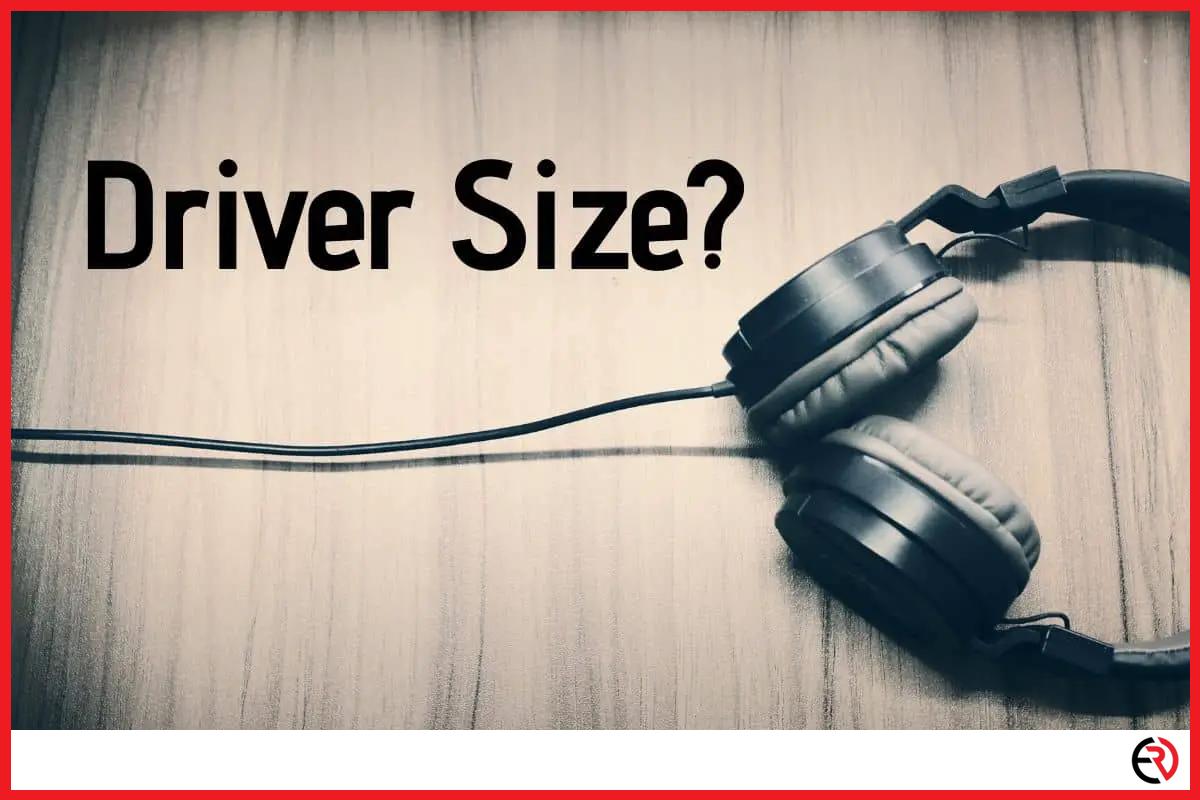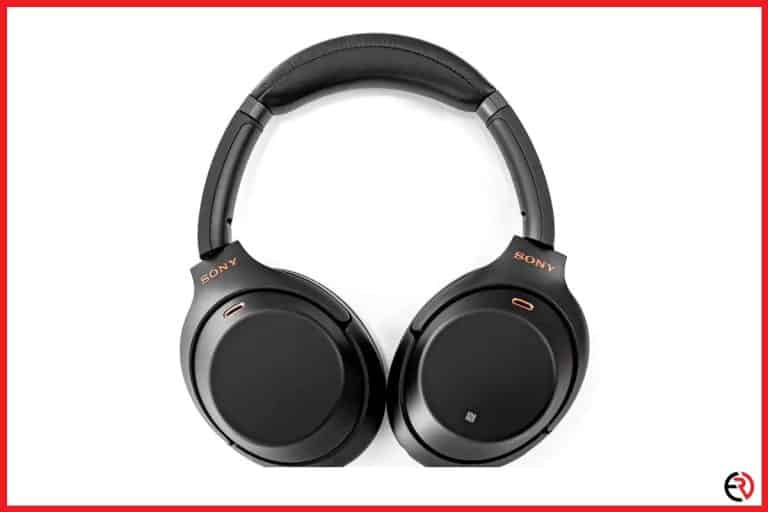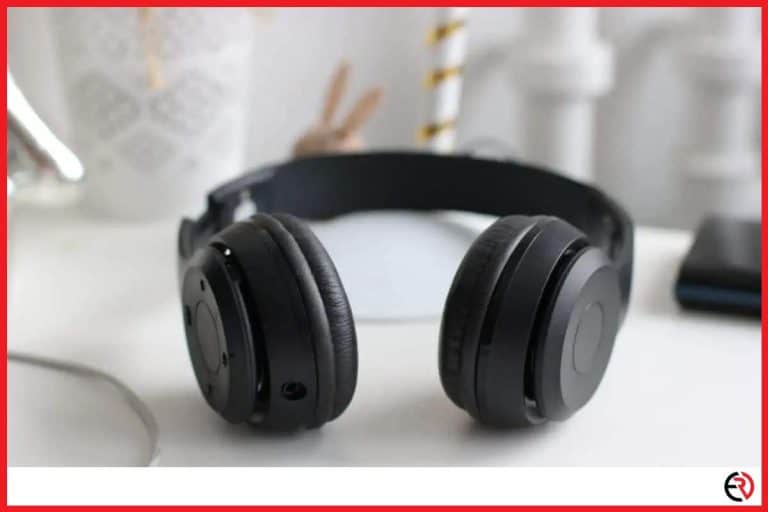Does Driver Size Matter in Headphones?
This post may contain affiliate links which means that, if you choose to make a purchase, I may earn a small commission at no extra cost to you.
Headphone manufacturers often advertise the driver size of their headphones to indicate that their products produce better sound quality than the competition. This is not a trend that has emerged recently. However, when buying a new pair of headphones, people have now started to compare the driver sizes of different headphones along with looking at the various important specifications. This makes you wonder just how much the driver size of headphones impacts the sound quality or whether it produces any difference at all. Fortunately, the answer is simple, although it may not look like it!
Does Driver Size Matter in Headphones? No, driver size in headphones doesn’t matter as there are other factors that can affect the sound quality to a much greater extent. It is more important to look at the driver technology, important technical specifications, and online reviews to judge sound quality.
In this article, we will discuss why driver size in headphones doesn’t matter as much as you think, explain the most common types of headphone drivers and if they affect sound quality. You will also learn about the most common headphone and earphone driver sizes along with some examples. Let’s get started.
How does driver size affect headphones?
Technically, a bigger headphone driver should be able to produce louder sound and better bass response due to being more efficient. However, that is not the case always as a headphone is made up of several different units that affect the sound quality as a whole. The transducer technology or driver type, the tuning, the design (closed back or open back), the types of materials used, and even the build quality of the headphones can significantly affect how they sound like.
In the real world, a pair of premium headphones with a better driver unit and build quality but a smaller driver diameter would sound a lot better than a pair of headphones with bigger drivers. Not to mention, you also need to compare the technical specifications like frequency response, impedance, and sensitivity to get a fair idea of the sound quality.
Low-quality headphones with large driver units might produce louder sounds but it would also introduce a fair amount of distortion. The sound reproduction may not be as accurate either.
Different Driver Types and how it affects the sound quality
The most common types of driver units are described below:
1. Dynamic drivers – Dynamic drivers a.k.a moving-coil drivers are the most common driver technology as these offer a great combination of sound quality and affordability. A dynamic driver contains a neodymium magnet that produces a static magnetic field. It also contains a diaphragm inside it that is attached to a voice coil.
When a current or audio signal is applied to it, the voice coil becomes a temporary electromagnet and produces sound by vibrating the diaphragm as it experiences a pull/push reaction in the presence of the stationary magnetic field.
Dynamic drivers produce a good bass response and mids at optimum sound levels. However, when the loudness is increased it can produce harmonic distortion.
2. Balanced armature drivers – Balanced armature drivers are very small and typically used in in-ear monitors (IEMs). A balanced armature driver contains two permanent magnets and suspended within it remains a magnetic armature that pivots to either side when an electric current is applied. The pivoting motion of the magnet armature vibrates the diaphragm and produces sound.
When the magnetic armature remains fully centered in the magnetic field, it experiences no net force and is termed ‘balanced’.
Balanced armature drivers are good at producing high frequencies but lack the capability to produce a strong bass response. Fortunately, IEM’s can be equipped with multiple dynamic drivers, each separately tuned to handle a different frequency range. This allows IEMs to offer better sound reproduction at all ranges while being small enough to create a perfect seal inside your ears.
3. Planar magnetic drivers – Planar magnetic drivers a.k.a orthodynamic drivers are typically used in open-back, over-ear headphones. Planar magnetic drivers contain two large magnets that are oppositely aligned. Between these magnets, it contains a membrane with a wire-pattern embedded in it. When an electric current is applied through the wire-pattern in the membrane, it produces a magnetic field that reacts with the magnetic field of the permanent magnet. This reaction creates movement and produces sound.
Planar magnetic drivers need more power (amplifier) to function and are also expensive to produce. However, they produce excellent sound quality with almost no distortion even at loud volume levels. Plus, planar magnetic drivers also produce a fantastic bass response as they can displace a lot of air.
4. Electrostatic drivers – Electrostatic drivers are uncommon and only found in very high-end headphones as they are the most costly to produce and require special amplifiers to function. An electrostatic driver contains two perforated electrodes (metal plates). Between the electrodes remains an electrically-charged diaphragm. When an electric current is applied to the electrodes, it creates an electric field. The diaphragm dances back and forth between the electrodes depending on the polarity of the field.
The displacement of air through the perforated electrodes that occurs as a result of this movement produces the sound. Electrostatic drivers are not portable but produce the most-realistic soundstage and amazing sound quality.
Common driver size of Headphones
The common driver size of headphones ranges from 20mm to 50mm. Given below are some examples of headphones with the most common headphone driver sizes:
1. Sennheiser HD25 Plus (40mm) – The Sennheiser HD 25 plus is a classic headphone that features a 40mm dynamic driver unit. It has a frequency response range of 16Hz – 22kHz, impedance of 70 ohms, and maximum sound pressure level of 120 dB.
Sennheiser HD 25 plus will outperform several mediocre headphones even if they are equipped with a bigger driver unit.
2. Audio-Technica ATH-M50x (45mm) – The Audio-Technica ATH-M50x is a popular headphone that features a 45mm dynamic driver unit. It has a frequency response range of 15Hz – 28kHz. Impedance of 38 ohms, and maximum sound pressure level of 98 dB.
The Audio-Technica ATH-M50x is good for audio professionals such as DJs, music producers, and consumers as well.
3. V-MODA Crossfade M-100 (50mm) – The V-MODA Crossfade M-100 is perfect for DJs and known for their superior sound quality and durability. It features a 50mm dynamic driver unit, a frequency response range of 5Hz – 30kHz, maximum sound pressure level of 103 dB, and an impedance of 32 ohms.
The V-MODA Crossfade M-100 is very versatile as they come with detachable cables and also provides a comfortable listening experience with their ergosoft foam cushions.
Common driver size of Earphones/Earbuds
The common driver size of earphones/earbuds range from 8mm to 15mm. Given below are some examples of earphones/earbuds with the most common headphone driver sizes:
1. SoundPEATS Bluetooth Earphones (10 mm) – The SoundPEATS Bluetooth Earphones is a wireless Bluetooth headphone that features a dynamic driver of 10mm. It can provide a listening time of up to 13 hours and takes 1.5 hours to complete a full charge. The SoundPEATS Bluetooth Earphones supports SBC and APTx HD audio codecs over Bluetooth 5.0.
It is also IPX6 sweat-resistant and includes In-line mic and volume control buttons.
2. Mpow Flame (11mm) – The Mpow Flame is a wireless Bluetooth earbud that features a dynamic driver of 11mm. The quick charge feature allows it to charge completely in 2 hours and provides a listening time of 7-9 hours. It has a sweat-proof rating of IPX7 and fits comfortably on your ear. This allows you to wear it during workouts without any problem.
The Mpow Flame has built-in CVC 6.0 noise-canceling microphones that filter ambient noise and allows you to experience better call quality.
3. Sony MDR-XB510AS (12mm) – The Sony MDR-XB510AS is a wired sports headphone that features a driver size of 12mm. It has a frequency response range of 4Hz – 24kHz, sensitivity of 106 dB, and a built-in microphone. It also has a water-resistant/splash-proof rating of IPX5/IPX7.
The Sony MDR-XB510AS is tuned for delivering powerful bass and designed to be worn while running or jogging.
Conclusion
While comparing different headphones, you should not make any decision only based on the driver size. Considering the online reviews and important technical specifications should be the priority. If you want to buy a headphone with a bigger driver, make sure to choose a premium or at least a popular product with a good rating as they would feature a good build quality and the appropriate technical specifications to produce good sound quality.
The best way to compare the sound quality of two headphones with different driver sizes is to listen to them for yourself. It is the most accurate way to judge the tonal differences between different headphones. Once you hear or perceive the difference in sound quality that a high-end headphone with a normal driver size can produce when compared to a normal headphone with above-average driver size, it would clear all your doubts.







